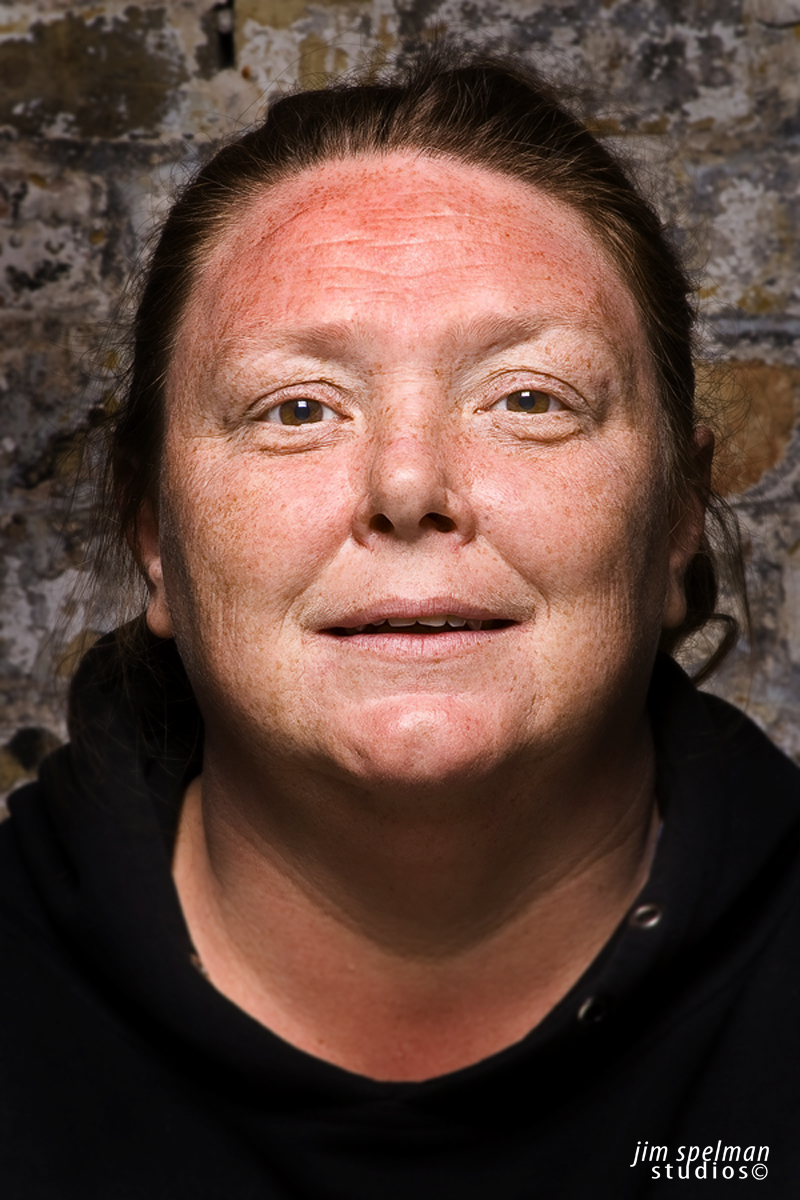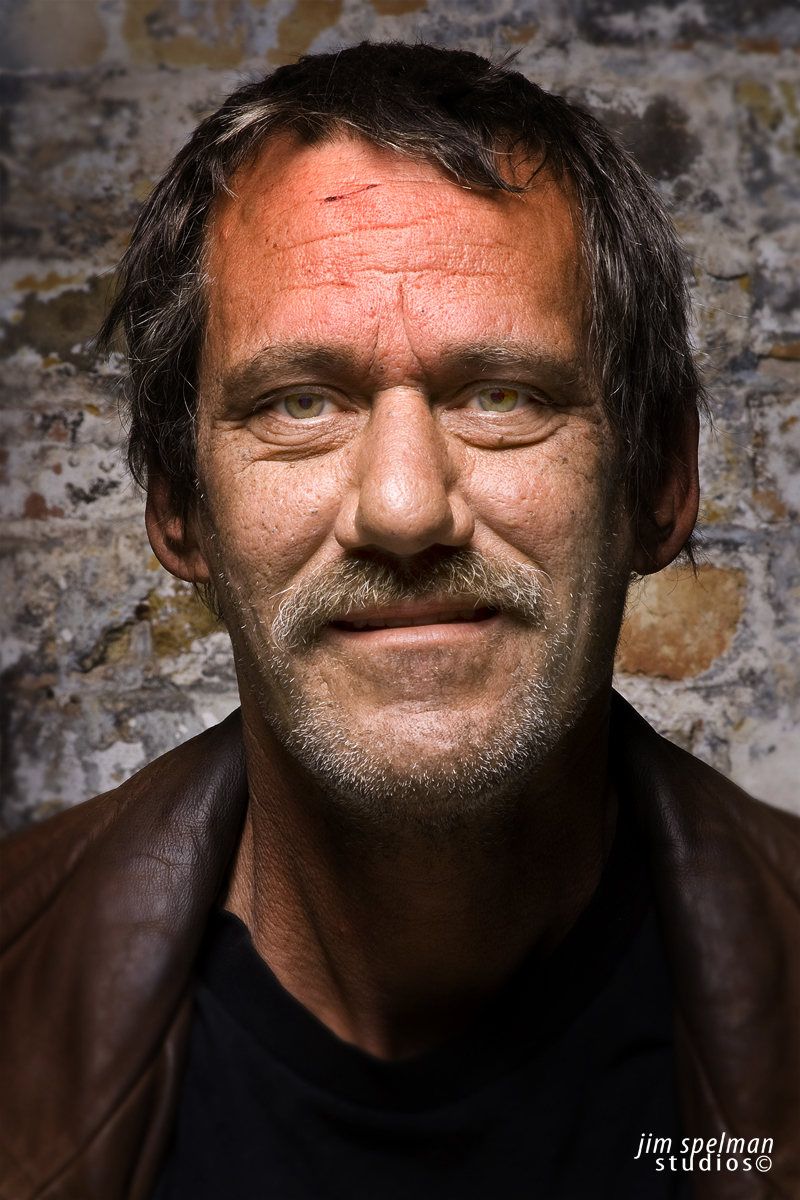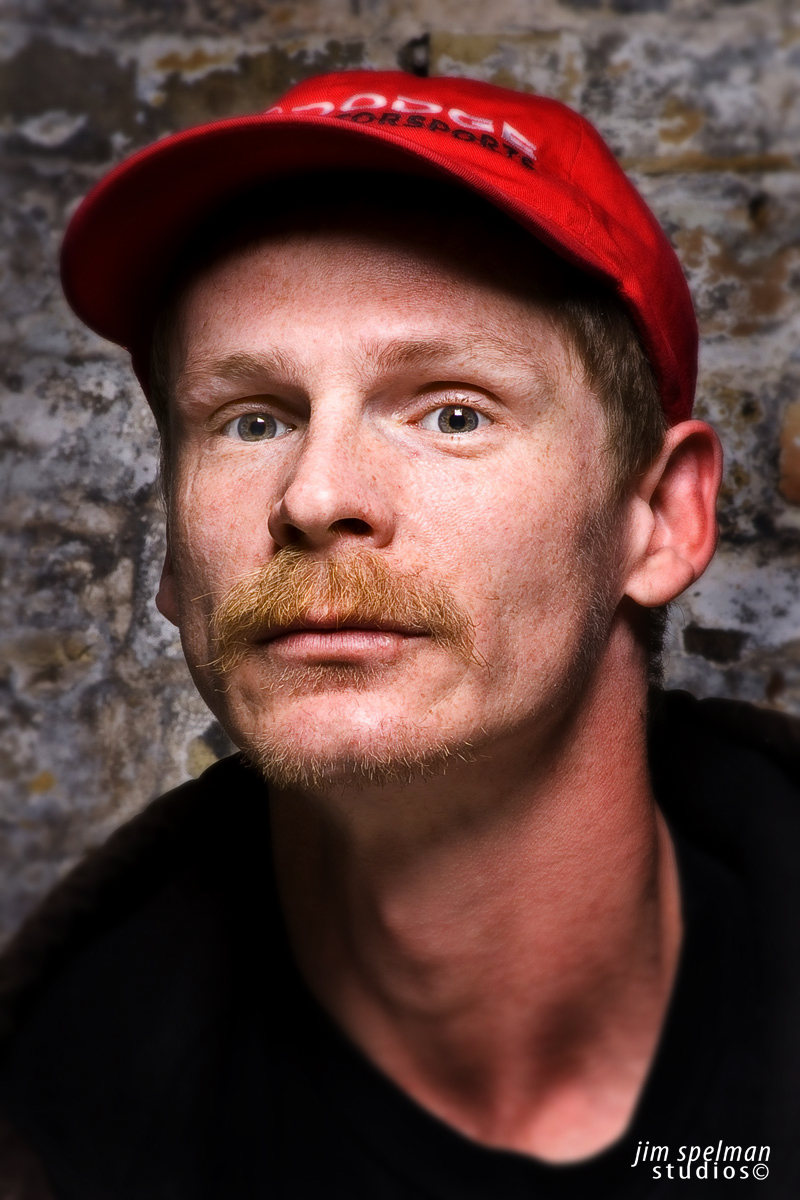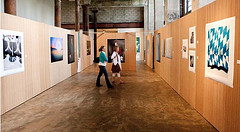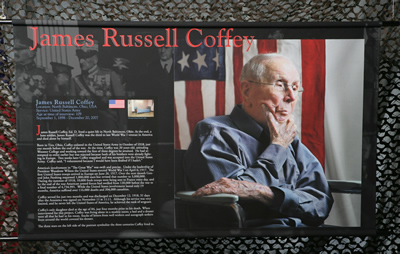By Bill Weiser
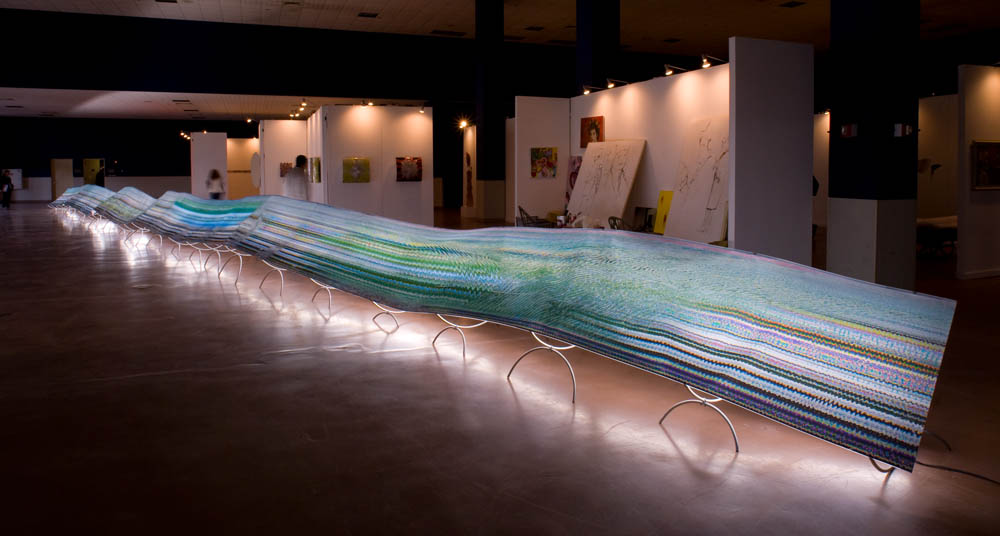
Just as a microscope or telescope allows us to see things that aren’t visible to the naked eye, the slit-can camera created by photographer Ansen Seale allows us to view everyday objects in a whole new way. Instead of recording a single moment in time, Seale’s slit-scan camera records objects over a period of time.
The slit-scan camera that Seale has been using for the past 10 years is a modified version of a camera originally designed to shoot high-resolution panoramas. For panorama shooting, the camera rotates on a platform and methodically captures one pixel column at a time. For slit-scan photography, the motor controlling the rotation is disabled. The camera continues shooting a single sliver of space in rapid succession. Counter to classical photography, unmoving objects look blurry, and moving objects are rendered clearly.
In March of this year, Seale produced River of Light, a 100-ft. long backlit print that he displayed at Luminaria 2009: Arts Night in San Antonio. The image depicted water flowing over the unmoving rocks at the bottom of the San Antonio River. With slit-scan photography, the stones at the bottom of the river appear as stripes. Seale says, “The water flowing over them perturbs their static image, creating a kind of color-field painting.” The reflection of the trees on the river’s edge added to the painting-like effects.
Instead of mirroring the world as we know it, Seale believes his camera records a hidden reality. He points out that that the apparent ‘distortions’ in the images all happen in-camera, as the image is being recorded.
“There is no Photoshop manipulation,” says Seale. “These distortions could really be described as a more accurate way of seeing the passage of time, even though it may be contrary to our tradition concepts of the depiction of time and space in art. In other words, my camera is recording a reality that exists, but one that we cannot see without it.”
The gigantic print, made from a 1.2 GB file, consumed an entire 42 in. x 100-ft. roll of LexJet’s 7-mil Absolute Backlit film. It was output on a Canon iPF8000 printer.
To display the print, Seale used electrical conduit to build 26 stands of different heights. He placed the stands about 4 ft. apart. Then he strung together fluorescent strips and hooked them onto the stands to provide the backlighting. Displaying the art on the different-sized stands made the print look more like a gently rolling river.
This wasn’t the first large print Seale has produced to showcase the hidden realities revealed by slit-scan photography. In 2006, he produced a 11 in. x 56 ft. image entitled Insectinsight. The image was printed on 67 ft. of photo paper that was wrapped around the four walls of Gallery IV at the Blue Star Arts Space in San Antonio. You can learn more about this work and other works produced through slit-scan photography at Ansen Seale’s website, http://ansenseale.com
The 100 ft.-long River of Light artwork was only displayed for one night, but Seale would love to find a more permanent home for it.
Displaying your images on backlit film can showcase the vibrant, rich colors and details of your work. For tips on printing on backlit film, call a LexJet account specialist at 888-873-7553.


